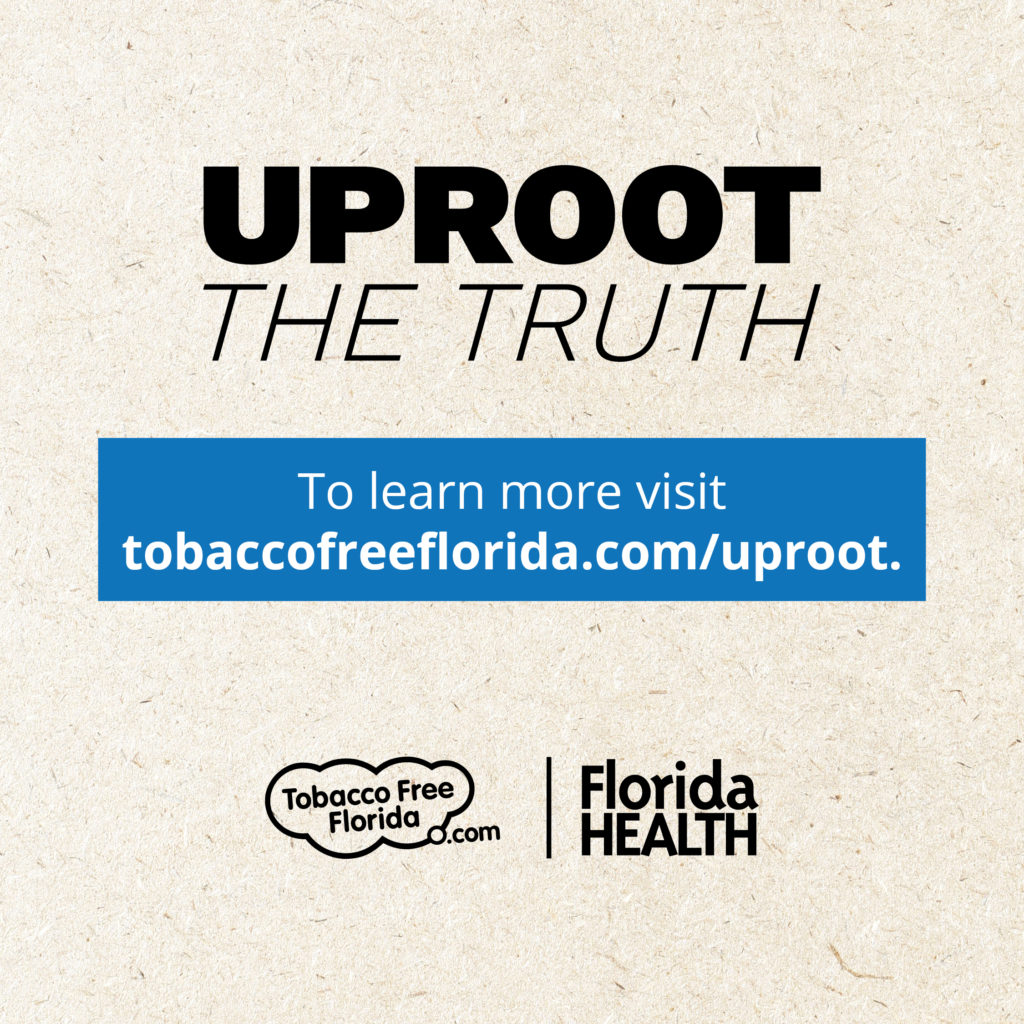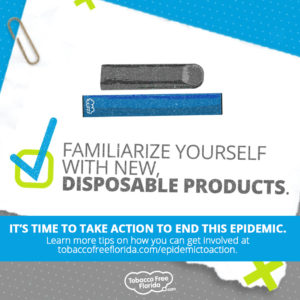Hookah
Many users think hookah smoking is less harmful, but hookah smoking has many of the same health risks as cigarette smoking. 1, 2 Hookah smoking is typically done in groups, with the same mouthpiece passed from person to person. 1, 2, 3, 4, Hookahs are water pipes that vary in size, shape, and style, and are used to smoke specially made tobacco that comes in different flavors, such as apple, mint, cherry, chocolate, coconut, licorice, cappuccino, and watermelon. 1, 2
A typical modern hookah has a head (with holes in the bottom), a metal body, a water bowl, and a flexible hose with a mouthpiece. 3, 4
- The charcoal used to heat the tobacco can raise health risks by producing high levels of carbon monoxide, metals, and cancer-causing chemicals. 3, 4
- Even after it has passed through water, the smoke from a hookah has high levels of these toxic agents. 4
- Tobacco juices from hookahs irritate the mouth and increase the risk of developing oral cancers. 4, 7
Health Effects
- Hookah tobacco and smoke contain several toxic agents known to cause lung, bladder, and oral cancers, and can cause clogged arteries and heart disease. 1, 4
- Because of the way a hookah is used, smokers may absorb more of the toxic substances also found in cigarette smoke than cigarette smokers do. 1, 2
- Hookah smokers may be at risk for some of the same diseases as cigarette smokers. 3, 4
- Infections may be passed to other smokers by sharing a hookah. 2
Hookahs without tobacco
- Some sweetened and flavored non-tobacco products are sold for use in hookahs. 10
- Labels and ads for these products often claim that users can enjoy the same taste without the harmful effects of tobacco. 10
- Studies of tobacco-based shisha and “herbal” shisha show that smoke from both preparations contain carbon monoxide and other toxic agents known to increase the risks for smoking-related cancers, heart disease, and lung disease. 10, 11
1 American Lung Association. An Emerging Deadly Trend: Waterpipe Tobacco UseCdc-pdfExternal. [PDF–222 KB] Washington: American Lung Association, 2007.
2 American Lung Association. Hookah Smoking: A Growing Threat to Public Health Issue Brief.Cdc-pdfExternal. [PDF–1.34 MB] Smokefree Communities Project, 2011.
3 Akl EA, Gaddam S, Gunukula SK, Honeine R, Jaoude PA, Irani J. The Effects of Waterpipe Tobacco Smoking on Health Outcomes: A Systematic ReviewExternal. International Journal of Epidemiology 2010;39:834–57.
4 Cobb CO, Ward KD, Maziak W, Shihadeh AL, Eissenberg T. Waterpipe Tobacco Smoking: An Emerging Health Crisis in the United StatesExternal. American Journal of Health Behavior 2010;34(3):275–85.
5 U.S. Department of Health and Human Services. Preventing Tobacco Use Among Youth and Young Adults: A Report of the Surgeon General. Atlanta: U.S. Department of Health and Human Services, Centers for Disease Control and Prevention, Office on Smoking and Health, 2012.
6 U.S. Food and Drug Administration. Electronic Cigarettes (e-Cigarettes)External[last updated 2013 April 25.
7 El-Hakim Ibrahim E, Uthman Mirghani AE. Squamous Cell Carcinoma and Keratoacanthoma of the Lower Lips Associated with “Goza” and “Shisha” Smoking. International Journal of Dermatology 1999;38:108–10.
8 Nuwayhid, I, Yamout, B., Ghassan, and Kambria, M. Narghile (Hubble-Bubble) Smoking, Low Birth Weight and Other Pregnancy OutcomesExternal. American Journal of Epidemiology 1998;148:375–83.
9 Cobb CO, Vansickel AR, Blank MD, Jentink K, Travers MJ, Eissenberg T.Indoor Air Quality in Virginia Waterpipe Cafés. Tobacco Control 2012 Mar 24 doi:10.1136/tobaccocontrol-2011-050350.
10 Shihadeh A, Salman R, Eissenberg T. Does Switching to a Tobacco-Free Waterpipe Product Reduce Toxicant Intake? A Crossover Study Comparing CO, NO, PAH, Volatile Aldehydes, Tar and Nicotine YieldsExternal. Food and Chemical Toxicology 2012;50(5):1494–8.
11 Blank MD, Cobb CO, Kilgalen B, Austin J, Weaver MF, Shihadeh A, Eissenberg T. Acute Effects of Waterpipe Tobacco Smoking: A Double-Blind, Placebo-Control Study. Drug and Alcohol Dependence 2011;116(1–3):102–9.




















